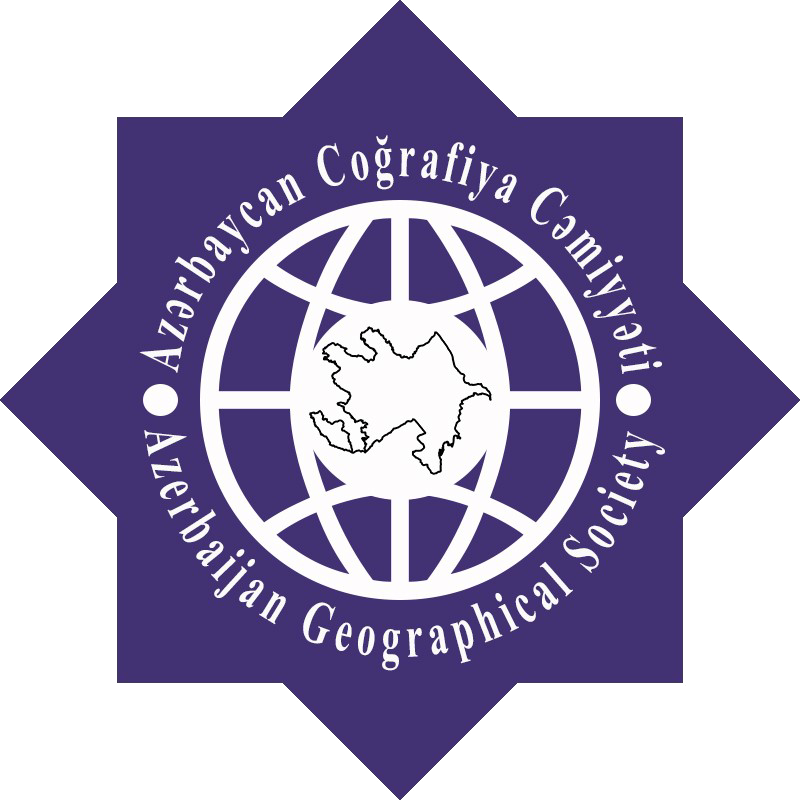INVESTIGATION OF THE TEMPORAL CHANGE OF LAND USE BY CORINE AND LANDSAT SATELLITE IMAGES; A CASE OF KONYA
C.Yagchi, F.İsjan
Seljuk University, Engineering Faculty, Department of Geomatic Engineering, 42075 Konya, Turkey
Abstract. Satellite images are the most basic data used in remote sensing. Today, the spectral and spatial resolutions of these data have increased and parallel to this, they have gained the ability to scan very large areas. Therefore the process of change in land classes can be monitored and managed more easily, faster and more economically.
In this study Konya province was chosen as the application area. In the application, Satellite images and Corine data for 1990, 2000, 2006 and 2010 were used. The maximum likelihood method is the preferred method of classification for satellite images. The land classes derived in the Landsat were obtained with accuracy of 72%, 80%, 85% and 90% for the years respectively 1990, 2000, 2006 and 2012. Land use changes in industry, agriculture, settlement and other areas obtained in the Corine and classification process, are calculated as area and evaluated as a percentage. As a result, the values obtained by Corine and classification gave consistent results. In addition, it was observed that urbanization was towards the north of the city and industrialists advanced towards the northeast of the city for the Konya province.
REFERENCES
1. Ban Y. , Hu H. and Rangel I.M., 2010. Fusion of Quickbird MS and RADARSAT SAR data for urban land-cover mapping: Object-based and knowledge-based approach,Int. J. Rem. Sens., 31 (6) (2010), pp. 1391-1410.
2. Boori M. S., Netzband M. , Choudhary K. and Voženílek V., 2015. Monitoring and modeling of urban sprawl through remote sensing and GIS in Kuala Lumpur, Malaysia., Ecological Processes (2015) 4:15 pp.2-15.
3. Ernsta, C., Verhegghena, A., Bodartb, C., Mayauxb, P., de Wasseigec, C., Bararwandikad, A., Begotoe, G., Mbaf, F.E., Ibarag, M. and Shokoh, A.K., 2010. Congo basin forest cover change estimate for 1990, 2000 and 2005 by Landsat interpretation using an automated object-based processing chain. Int. Arch. Photogramm. Remote Sens. Spat. Inf. Sci 38, pp.6.
3. Grey WMF, Luckman AJ, Holland D , 2003. Mapping urban change in the UK using satellite radar interferometry. Remote Sens. Environ. 87 pp.16–22.
4. Haack, B.N., 1982. Landsat: A tool for development. World Dev. 10, pp.899–909.
5. Herold M, Goldstein N, Clarke KC , 2003. The spatio-temporal form of urban growth: measurement, analysis and modeling. Remote Sens. Environ. 86 pp.286–302.
6. Hu H. and Ban Y. ,2008, Urban land-cover mapping and change detection with radarsat sar data using neural network and rule-based classifiers,Int. Arch. Photogram. Rem. Sens. Spatial Info Sci.pp. 37.
7. Khalil R.Z. and ul-Haque S.,2018. InSAR coherence-based land cover classification of Okara, Pakistan,Egypt. J. Rem. Sens. Space Sci., 21 ,pp. 23-28.
8. Lillesand, T.M., Kiefer, R.W. and Chipman, J.W. , 2015. Remote sensing and image interpretation. 7th ed. New York, NY: John Wiley & Sons.
9. Mayes, M.T., Mustard, J.F. and Melillo, J.M., 2015. Forest cover change in Miombo Woodlands: Modeling land cover of African dry tropical forests with linear spectral mixture analysis. Remote Sens. Environ. 165, pp.203–215.
10. Mishra, R., Drogen, F. V., Dechant, R., Oh, S., Jeon, N. L., Lee, S.S. and Peter, M., 2017. Protein kinase C and calcineurin cooperatively mediate cell survival under compressive mechanical stress. PNAS 114 (51) pp.13471-13476.
11. Phiri D. and Morgenroth J.,2017. Developments in Landsat Land Cover Classification Methods: A Review, Remote Sensing 9 pp.2-25.
12. Scaramuzza, P., Micijevic, E. and Chander, G., 2004. SLC Gap-Filled Products Phase One Methodology. Landsat Technical Notes.
13. Stow DA and Chen DM, 2002. Sensitivity of multi temporal NOAA AVHRR data of an urbanizing region to land-use/land cover changes and misregistration. Remote Sens. Environ. 80 pp.297–307.
14. Turner, W., Rondinini, C., Pettorelli, N., Mora, B., Leidner, A.K., Szantoi, Z., Buchanan, G.,Dech, S., Dwyer, J., Herold, M., 2015, Free and open-access satellite data are key to biodiversity conservation. Biol. Conserv., 182, pp.173–176.
15. Wilson E.H., Hurd J.D., Civco D.L., Prisloe M.P., Arnold C., 2003. Development of a geospatial model to quantify, describe and map urban growth. Remote Sens Environ 86 pp.275–285.
16. Woodcock, C.E., Allen, R., Anderson, M., Belward, A., Bindschadler, R., Cohen, W., Gao, F., Goward, S.N., Helder, D. and Helmer, E., 2008. Free access to Landsat imagery, Science 2008,320, pp10-11.
17. Wulder, M.A, White, J.C., Loveland, T.R., Woodcock, C.E., Belward, A.S., Cohen, W.B., Fosnight, E.A.; Shaw, J., Masek, J.G. and Roy, D.P., 2016. The global Landsat archive: Status, consolidation, and direction. Remote Sens. Environ.185, pp.271–283.
URL1: https://www.eea.europa.eu/publications/COR0-landcover, Data of access:18.03.2018
